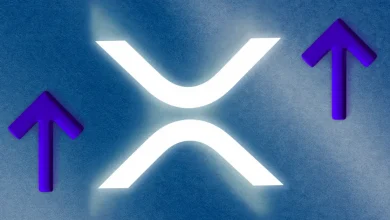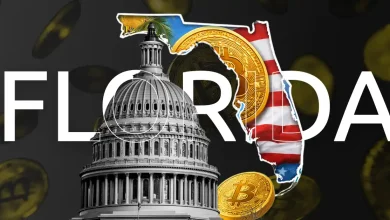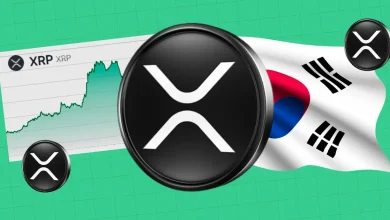
Ripple is positioning XRP to become the bridge currency for global CBDC transfers.
Analysts say XRP could hit $10 or more if adopted at scale for cross-border settlements.
Ripple has over 130 CBDC partnerships in progress, with growing traction in Asia and Africa.
While most of the crypto world debates the risks of central bank digital currencies (CBDCs), Ripple seems to be doing something different – building the tech behind them.
As the spotlight stays on privacy concerns and anti-crypto narratives, Ripple is working with governments to shape how CBDCs might actually function.
Curious about the strategy? How will this drive the XRP price? Here’s what you should know.
Ripple’s Global Reach Is Bigger Than You Think
Ripple is actively building for CBDCs. The company is already running pilot programs with Bhutan, Palau, Colombia, Georgia, and Montenegro. Reports also suggest it’s in talks with over 20 more countries.
These pilots use a private version of the XRP Ledger – built for fast settlement, low fees, and minimal energy use. It’s exactly the kind of infrastructure central banks need if they want to roll out digital currencies without technical or political friction.
XRP as a Bridge for CBDCs
One of the biggest challenges with CBDCs is making them work across borders. Every country wants control, but they also need these systems to talk to each other.
That’s where XRP fits in. It can act as a neutral bridge between different CBDCs, helping countries move money without relying on legacy systems like SWIFT.
Ripple’s technology is already doing this in parts of Southeast Asia and Latin America, where XRP is helping power cheaper and faster remittances. The same logic could apply to CBDCs, only at a much bigger scale.
What Happens to XRP’s Price If It Works?
There’s growing speculation around what XRP could be worth if it becomes a key player in global CBDC infrastructure.
To put things in perspective: The global FX market moves over $7.5 trillion every day. If XRP were to settle just 1-3% of that volume for CBDCs, it could process $75-$225 billion daily.
Now, here’s the simple math. If each XRP moves five times a day, the system would need $20 billion worth of XRP in circulation to support $100 billion in volume. Based on supply, that alone supports a base price of $0.36.
But that’s just utility. When speculation, holding, and scarcity are factored in, projections range from $10 to $500, depending on how widely XRP gets adopted.
Ripple Is Making Its Move on CBDCs
Ripple is so much more than a token!
It’s providing full infrastructure for governments – including custom private ledgers, compliance-ready tools, and options for complete monetary control.
It’s also helping central banks stay in line with global regulations, offering built-in features for KYC, AML, and privacy controls.
Ripple seems to be building the infrastructure for how money might move in the next phase of the digital economy.
If CBDCs are coming, and all signs suggest they are, XRP could be the link holding them together.
Never Miss a Beat in the Crypto World!
Stay ahead with breaking news, expert analysis, and real-time updates on the latest trends in Bitcoin, altcoins, DeFi, NFTs, and more.
FAQs
XRP could reach up to $5.81 in 2025, supported by institutional demand and Ripple’s growing global adoption.
By 2030, XRP is forecasted to trade between $17.00 and $26.50, depending on market trends and adoption rates.
XRP could trade between $97.50 and $179.00 in 2040 if utility grows and crypto becomes widely accepted globally.
Trust with CoinPedia:
CoinPedia has been delivering accurate and timely cryptocurrency and blockchain updates since 2017. All content is created by our expert panel of analysts and journalists, following strict Editorial Guidelines based on E-E-A-T (Experience, Expertise, Authoritativeness, Trustworthiness). Every article is fact-checked against reputable sources to ensure accuracy, transparency, and reliability. Our review policy guarantees unbiased evaluations when recommending exchanges, platforms, or tools. We strive to provide timely updates about everything crypto & blockchain, right from startups to industry majors.
Investment Disclaimer:
All opinions and insights shared represent the author's own views on current market conditions. Please do your own research before making investment decisions. Neither the writer nor the publication assumes responsibility for your financial choices.
Sponsored and Advertisements:
Sponsored content and affiliate links may appear on our site. Advertisements are marked clearly, and our editorial content remains entirely independent from our ad partners.







